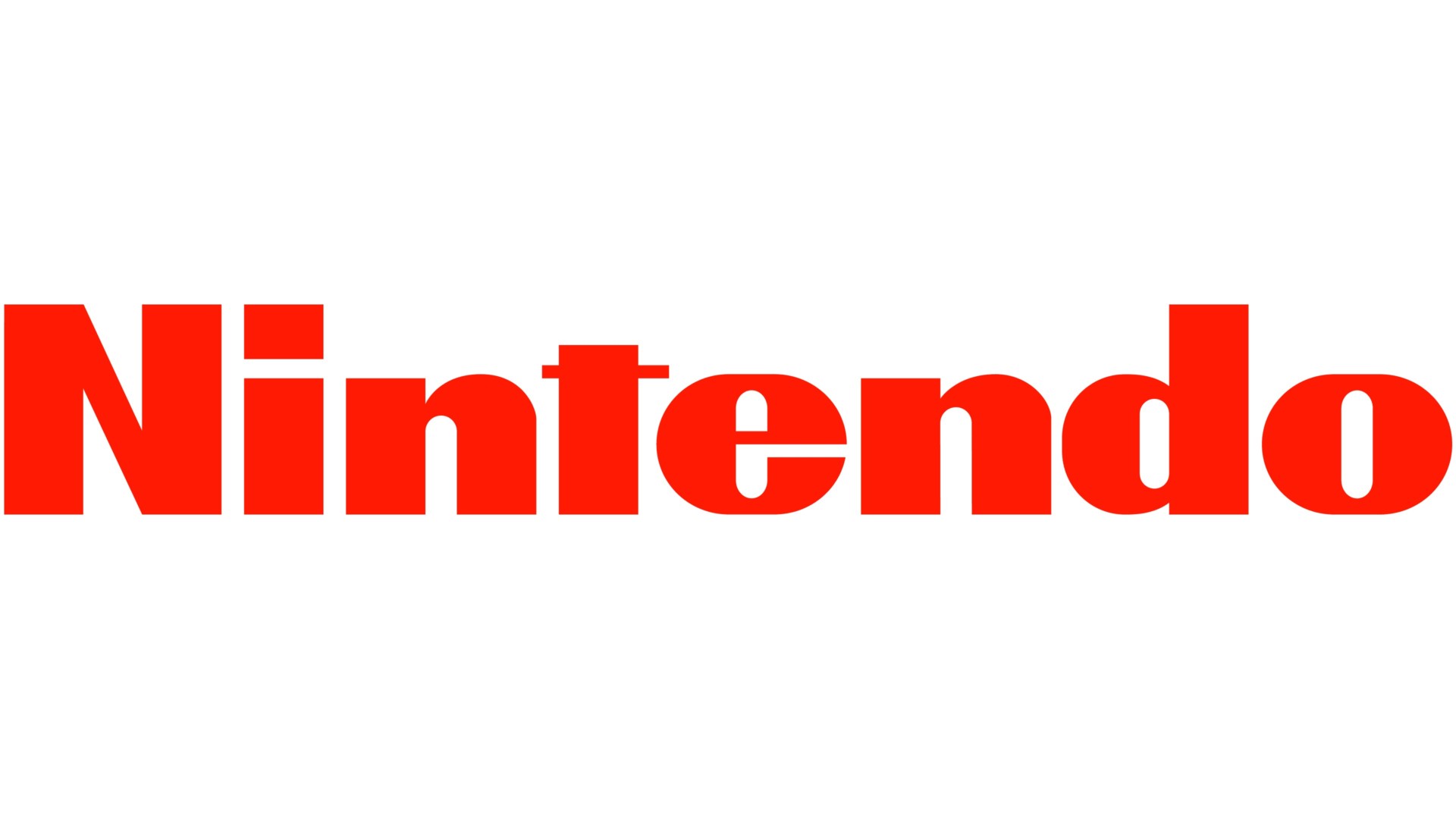History of Nintendo: Part 1 – Nintendo’s Yakuza Beginnings
Nintendo’s story doesn’t start with Nintendo. It begins with Fusajiro Yamauchi in his brand new headquarters down a small alley in Kyoto, Japan. This relatively small building, in the former capital of Imperial Japan, would be the spark that ignites the furnace that today we now know as the gaming giant Nintendo.
Fusajiro would never get to see what his business would become, but the period between 1889 and 1979 is where Nintendo transitioned from a small back-alley card shop to a recognisable brand. From Yakuza connections to children’s toys, this time in Nintendo’s history is possibly the most controversial and intriguing.
From this point Nintendo pioneered the gaming technology sector, simultaneously developing and distributing its game systems and video games. Nintendo’s origin story is a fascinating one, and the people involved in its creation have their own interesting stories. The timeline between Nintendo’s birth and its first foray into video games is impressive, and sometimes almost unbelievable.
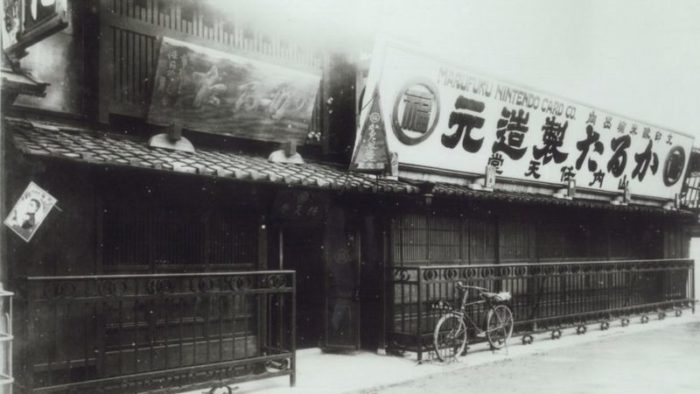
It Begins with Hanafuda
Fusajiro Yamauchi began a company manufacturing ‘Hanafuda’ in 1889. Hanafuda are Japanese playing cards, traditionally decorated with ornate flowers and colouring. Hanafuda literally translated means ‘flower card’.
Hanafuda are traditionally split into twelve suits, representing the months of the year. The cards were hugely popular, adorned with lush nature imagery and flower patterns instead of numbers.
Fusajiro’s Hanafuda in particular were extremely popular and loved both locally and nationwide. His cards were handcrafted and designed with great care. Not long after beginning his venture, Fusajiro hired his first additional staff to help him with the workload as he focused on the company’s growth and reputation.
Just three years after he started his company, Fusajiro began crafting a slightly different type of card. These Hanafuda had a more Western design and were never intended for local distribution. These were for export only. The strange style became an instant hit in Japan, though, and quickly grew in popularity worldwide.
You could say this was Fusajiro’s first real break and an indicator of the innovation and success that was to come.
Unfortunately, the recognisably patterned cards became connected with the Yakuza. In Japan the Yakuza was (and remains) a formidable criminal group often likened to the mafia found in Italy. The gangsters often played with Fusajiro’s hand-made cards, and Yakuza card games were known to end badly on occasion.
The name Yakuza came from the numbers 8, 9, and 3, or ya, ku, and za, in Japanese. These numbers represent a zero-score card in the game of Oicho-Kabu. There are plenty of records showing Yakuza members having tattoos of Fusajiro’s own card designs.
Nonetheless, Fusajiro’s success continued throughout the bad publicity, and in 1933 his company was re-established as an unlimited partnership called Yamauchi Nintendo & Co. At this point in Nintendo’s timeline, Fusajiro’s adopted son-in-law, Sekiryo, was heading the company. Taking Yamauchi’s last name, Sekiryo later passed the company on to his adopted son-in-law, Shikanojo, who also took Yamauchi’s last name.
Sadly, Shikanojo would later abandon his family, leaving the responsibility of the company to his son, Hiroshi Yamauchi.
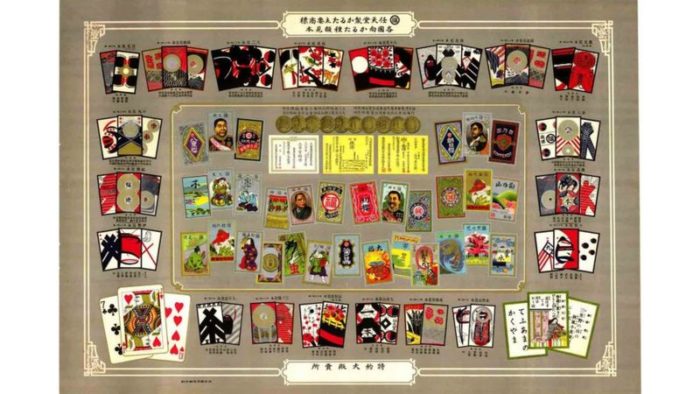
Hiroshi Yamauchi
Hiroshi officially took office as company president of Yamauchi Nintendo & Co. in 1950. The company subsequently had a name change to Nintendo Playing Card Co. Ltd, making it clear that they were still very much focused on having playing cards squarely in the future of Nintendo.
The old plan worked for many years, and in 1953 Nintendo proudly became the first company in Japan to mass-produce plastic playing cards. Being the first to produce something plastic in Japan is nearly impossible to imagine now, but at the time this was a huge milestone. However, traditional Hanafuda was beginning to dwindle in popularity as the 60s approached.
The next big step for the company wouldn’t come until 1959. Wanting to put the Yakuza connections firmly in the past, Nintendo started producing Walt Disney character cards. Hiroshi managed this by meeting with one of the next biggest card manufacturers in the world, based in Cincinnati, USA.
This led to Nintendo striking a deal with Disney executives to allow the use of certain Disney characters on cards. At the time even Western cards were still mildly associated with Yakuza gambling activity, but Hiroshi knew what he was doing.
By putting children’s characters on cards, Nintendo obliterated the idea that playing cards were nefarious. Nintendo began marketing these cute playing card sets to Japanese households, with children as the primary audience.
This worked because Nintendo simultaneously sold books explaining the card games that children could play with their friends and family. This created an explosion of interest in children’s playing cards, something pretty much unexplored until that point. The company sold more than 600,000 card packs in one year.
Nintendo had rocketed past its competition, and in 1963 Hiroshi listed stock on the Osaka Stock Exchange market, making the company public. Nintendo Playing Card Co. Ltd underwent yet another name change. It at last became the memorable and simple Nintendo that we know today.
So, with this newly found capital and worldwide renown, Nintendo could try out some of its more adventurous ventures. Some of the new products were bizarrely unrelated to playing cards. Nintendo’s next experiments included a vacuum cleaner, instant rice, a taxi company, and a chain of ‘love hotels’.
Unsurprisingly these ideas didn’t last long, didn’t yield much income, and ultimately failed. The only remaining venture for Nintendo was making toys, which was the only business idea that related to its original success producing children’s playing cards.
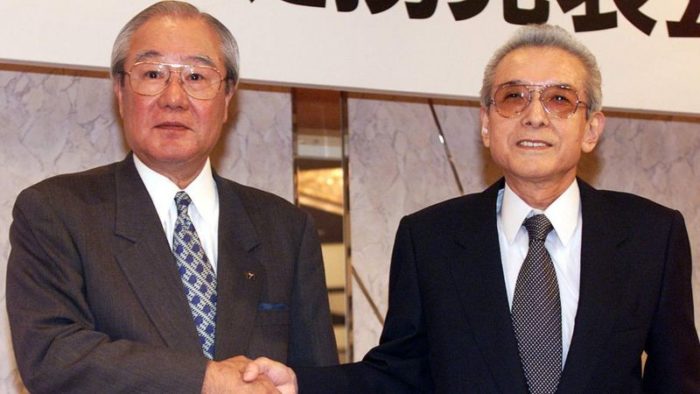
Then Came Cartridges
Funnily enough, Hiroshi never liked video games. But accounts say that he was a driven, ruthless, and passionate president of the company. His vision and ambition were unstoppable, as you can tell from his wild attempts at diversifying.
Focusing on children’s entertainment products looked like Nintendo’s best bet for continued growth, and so Hiroshi invested in video games. By the late 70s, this market was exploding, and so Hiroshi acted fast.
This proved to be the decision that would catapult Nintendo to the globally recognisable and much-loved brand it is now.
At the same time, Nintendo now had close competitors. Mattel (the manufacturers of the first Barbie dolls), Taito and Atari were already developing their own games – such as Pong and Space Invaders!
The video game space was growing rather rapidly. To keep up, Nintendo began developing its own video game systems in 1975. That same year Nintendo began investing in the Japanese distribution of their first home gaming system, the Magnavox Odyssey. At this point, home gaming systems were close to unheard of, aside from the Atari Pong.
The first big release in 1978 was a computer version of the Othello board game. The positive if muted reception of this game is what spurred Nintendo on to go further than its competitors had ever attempted at that point. Other games had also been released, namely EVR Racer and Radar Scope, but the best was yet to come.
Video games boomed in the 80s, and fortunately, Nintendo pre-empted this in 1980 with a game that would change the landscape of video games. Resident artist Shigeru Miyamoto created a game that involved a giant gorilla as the villain.
The gorilla would throw barrels at the hero, a man in a red boiler suit with a matching red hat. The hero’s only defence against the gorilla’s endless barrels? He could jump. The hero was given the name ‘Jumpman’ and the game was called Donkey Kong.
Donkey Kong became the absolute centrepiece of gaming arcades. These arcades would be packed along every wall with game machines, buzzing with electricity and vibrant lighting. Once Nintendo had command of these gaming spaces with their first big title, Jumpman was quickly renamed Mario, an Italian plumber.
The Mario character was loosely based on the warehouse landlord of Nintendo’s American headquarters. His name was Mario Segale.
With this basis of a successful game, Donkey Kong Jr. came into existence, along with The Legend of Zelda and Super Mario Bros. Super Mario Bros. was the next great hit for Nintendo, and the Mario character stood out as a recognisable game character all over the world.
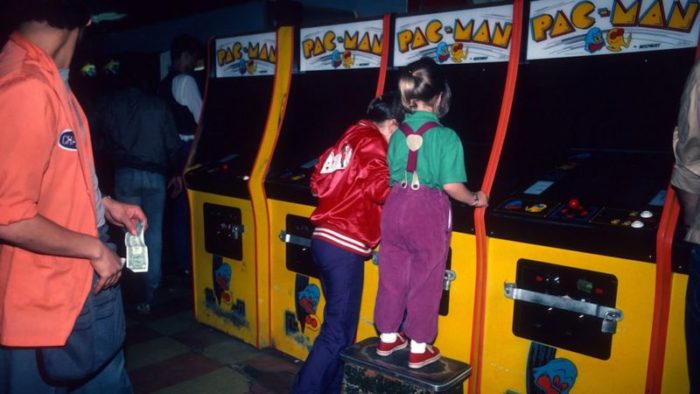
At this point, the company made a peculiar but smart decision. Nintendo officially stepped back from manufacturing arcade equipment. This was a clear sign of what Nintendo had envisioned for the future. Arcades were falling behind, and new home gaming technology was being pioneered faster than it could be distributed.
It was time for Nintendo to focus on ground-breaking gaming systems and original video games.

